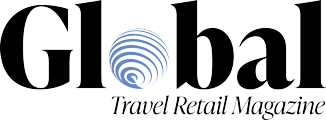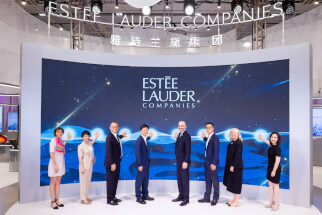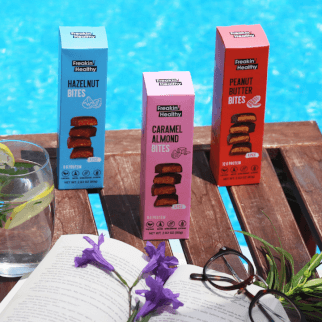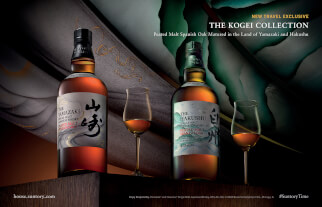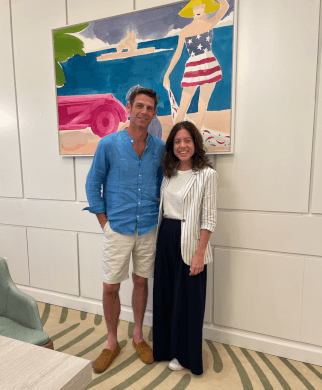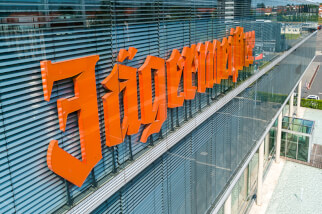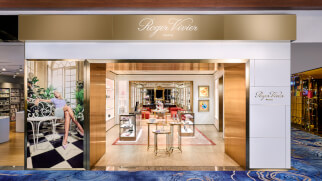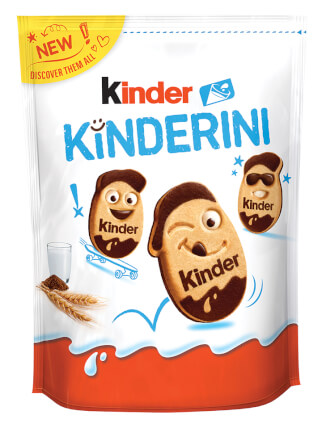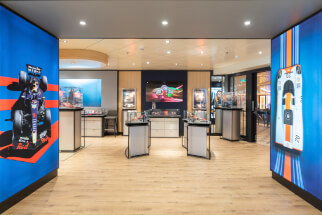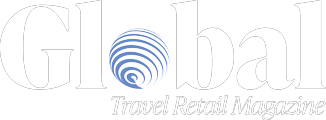Status Spirits lead growth of total spirits market
IWSR Drinks Market Analysis recently reported that one segment of the industry that historically tends to be resistant to economic uncertainty is “status spirits,” brands that retail for US$100 or more. The report shares that the value of the status spirits market is $8.3bn (excluding baijiu), and increasing at a value compound annual growth rate of 7% (2014-2018), significantly ahead of the total global spirits market at 2% value CAGR.
“Though we conducted our study prior to the current COVID-19 situation, when we look at similar past events, such as SARS and the 2008 financial crisis, luxury goods and status spirits in particular have always recovered to previous levels,” says Mark Meek, CEO at IWSR Drinks Market Analysis. For example, IWSR data shows that between 2008 and 2012, global prestige-plus spirits (generally $100+) grew 82% in volume, and almost 230% in value, which reinforces the resilience of high-end spirits after economic challenges."
Adds Meek, “also, our research shows, the majority of status spirits are most often sold in fine wine and spirits retail stores and via ecommerce – more so than in bars and restaurants – which bodes well for these products in this current climate.”
Meek’s highlights the that the status spirits market can be quite dependent on Chinese consumers and tourists, as well as global travel retail, so those are areas which will certainly be watched very carefully.
Status spirits are outgrowing their lower-end counterparts in almost all categories. Particularly driving this growth are the established status categories of Cognac and Scotch, but growth will be much faster in less developed categories such as US whiskey and tequila. These, along with Irish whiskey and rum, are all building their respective categories at the high-end, and are supported by specialist retailers in key markets. Status baijiu, almost all of which is sold in China and global travel retail, stands in a league of its own at $33.2bn in value.
The IWSR Status Spirits Strategic Study examined eight key spirits categories in eight major focus Markets, including travel retail, which together account for 93% of the global status spirits market by value. IWSR separates status spirits into two classes, those in the $100 to $1,000 “affordable -more‘Status Spirits’ Growing Ahead of Total Spirits Market / page 2 luxury” price range, and those in the relatively small “ultra-prestige” category which retail for $1,000 or more and are often designed to provide a brand halo. The majority of value is generated in the $100 to $250 bracket, though the $250 to $1,000 segment is expected to grow the fastest.
The study suggests that the higher end of the status spirits market is best built on solid foundations – today’s purchasers of $150 bottles are tomorrow’s purchasers of $1,500+ bottles.
That highlights the importance of accessibility (availability of product, at the right price points), especially to attract new and younger legal drinking age consumers. To make it easier for these buyers, for example, brands should consider experimenting with smaller bottle sizes for sampling.
In the ultra-prestige sector, individual expressions such as Louis XIII and Hennessy are the primary drivers of the Cognac category, while interest in Scotch is often based on a strategy of offering products in a series. Brands such as The Macallan, Glenfarclas, The Balvenie, Laphroaig, Dalmore, Glenlivet, and others have generated several hundred million dollars in revenue for their limited edition collections and annual release series.
Another developing area in the status Scotch market is the sale of individual Scotch whisky casks which usually command sizeable sums. This growing interest in Scotch casks, already estimated at $40m, will likely also inspire the emergence of similar models built around bourbon, rum, and US whiskey.
“Though the status spirits market is relatively small in size, these are highly coveted and often very rare and allocated products that appeal to affluent and aspirational spirits aficionados and collectors, and yes, sometimes to people only seeking that badge value,” adds Meek. “It’s a unique and nuanced sector which has definitely benefitted from the general trend towards premiumization, and also by the younger generation who continue to seek out luxury, and find it in high-end spirits.”
